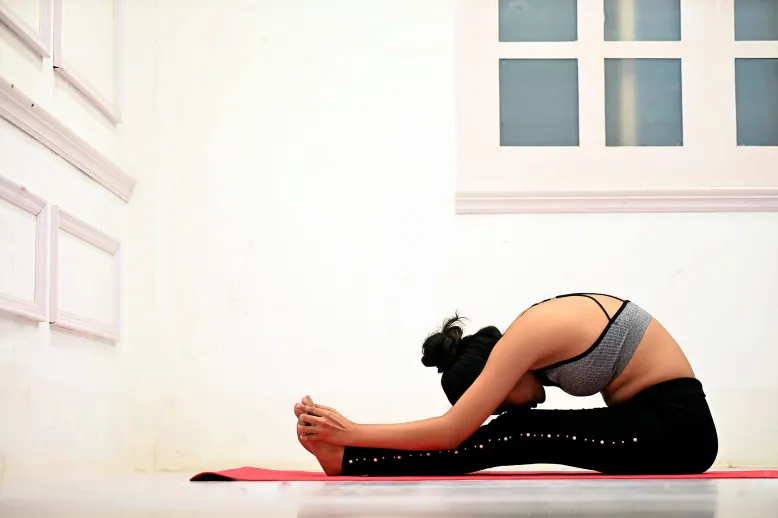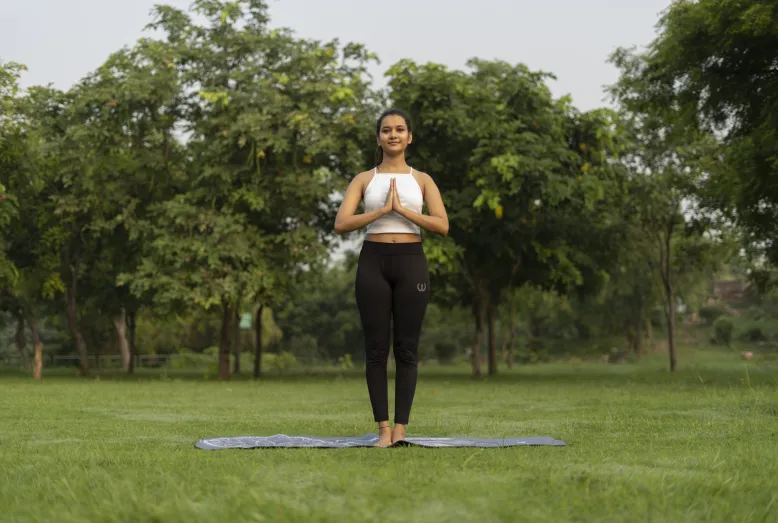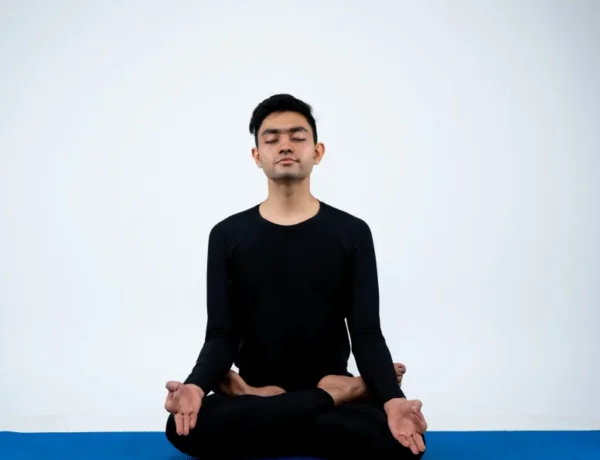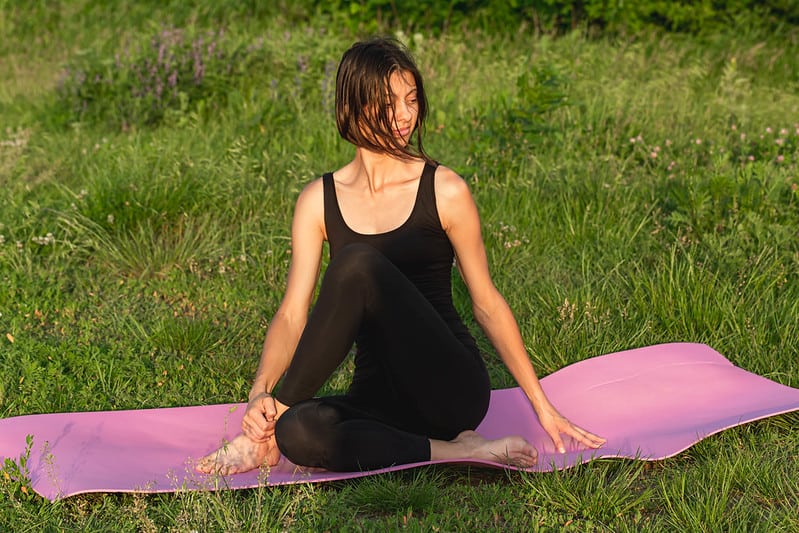Paschimottanasana stands out in the broad world of yoga, where each asana (pose) has its own unique meaning. This position, also known as the seated forward bend or the intense dorsal stretch, represents a deep connection between the body, mind, and soul.
Paschimottanasana, with its origins deep in ancient yogic traditions, provides a pathway to overall well-being and self-awareness. In this detailed book, we will dig into the substance of Paschimottanasana, including its origins, benefits, variants, and ways to help you realize its transformational power.
Table of Contents
ToggleOrigins and Philosophy:
Paschimottanasana is a traditional style of Hatha Yoga that combines physical postures (asanas) with breath control (pranayama) to promote body-mind harmony. The name “Paschimottanasana” comes from the Sanskrit words “Paschima,” which means west or rear of the body; “Uttana,” which means strong stretch; and “Asana,” which means position. Thus, Paschimottanasana is the extreme dorsal stretch position.
In yogic philosophy, the forward bend is related to the concepts of surrender (Ishvara Pranidhana) and reflection. It represents letting go of the ego and desires, surrendering to the present moment, and introspection to explore one’s inner terrain. By folding forward, practitioners figuratively bow down to the holy inside themselves, cultivating humility and acceptance.
Benefits of Paschimottanasana:
Paschimottanasana has several physical, mental, and emotional benefits:
- Stretches the Spine: Forward bending lengthens the spine, reducing stress and increasing flexibility.
- Paschimottanasana stimulates the digestive organs by compressing the belly, which promotes digestion and alleviates constipation.
- Calms the Mind: The gentle inversion of the posture relaxes the nervous system, relieving tension, anxiety, and exhaustion.
- Improves Posture: Regular Paschimottanasana practice strengthens the back and core muscles, resulting in improved posture and alignment.
- Reduces menstruation pain: The position may help relieve menstruation pain by lowering pelvic tension.
Paschimottanasana promotes introspection and self-reflection, resulting in emotional equilibrium and inner calm.
Learn More: Benefits Of Paschimottanasana
Variations and modifications:
- Half Paschimottanasana (Ardha Paschimottanasana): Sit with one leg extended and the other bent, with the sole resting on the inner thigh of the extended leg. Fold forward over the outstretched leg, keeping the spine in alignment.
- Revolved Paschimottanasana (Parivrtta Paschimottanasana): Sit with both legs stretched. Twist your body to one side, with one hand on the outside of the opposing leg and the other on the floor behind you. Fold forward over the outstretched leg while maintaining the twist.
- Supported Paschimottanasana: Place a bolster or folded blanket on your thighs and fold forward, resting your torso on it. This version is especially useful for beginners or those with restricted flexibility.
Precautions and contraindications
Paschimottanasana has various advantages, but its pose may not be good for everyone. Avoid using this stance if you have:
- Serious back pain or injury
- Hamstring Injuries
- Herniated discs.
- Pregnancy (after the first trimester)
- Recent abdominal surgery.
Always listen to your body and get advice from a trained yoga teacher or healthcare expert if you have any concerns or pre-existing issues.
Final Thought
Paschimottanasana, also known as the Seated Forward Bend, is a practice of surrender, self-reflection, and inner investigation rather than merely physical position.
This asana, with its delicate but deep motions, allows us to let go of the past, release tensions, and enjoy the present moment with open hearts and minds. Whether you’re an experienced yogi or just starting out, including Paschimottanasana in your practice may lead to a greater connection with yourself and the world around you. So, lay out your mat, take a deep breath, and begin your revolutionary journey of self-discovery through the ancient practice of yoga.





No Comments